Instrument maintenance is a critical task essential to ensuring operational safety and stable production processes. It embodies the philosophy of Total Quality Management by emphasizing prevention over correction. As we approach the safety month, it is imperative that instrument maintenance personnel diligently perform daily maintenance to guarantee smooth and efficient instrument operation.
This protocol outlines detailed daily maintenance procedures and specific guidelines for various instruments.
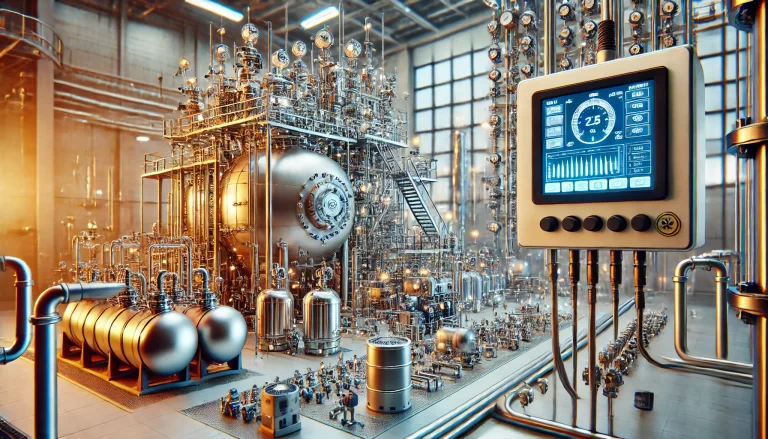
Daily Maintenance Tasks
1. Routine Inspection
Instrument technicians should conduct a comprehensive inspection of all instruments in their designated area at least once a day. The inspection route should be optimized for efficiency. During inspections, the following tasks must be completed:
- Coordinate with Operators: Communicate with on-duty control room operators to gather feedback on the instrument’s performance.
- Record Observations: Maintain accurate logs of inspection findings.
- Check Readings: Ensure that field instruments (e.g., transmitters) match control room displays and regulation devices. Verify that controller output matches valve positions.
- Verify Power Supply and Air Pressure: Confirm that instrument power voltage is within the specified range and air pressure meets the standard requirement (e.g., 0.14 MPa).
- Inspect Physical Condition: Examine instrument components for damage or corrosion. Ensure nameplates are legible, parts are intact, and terminals are securely connected.
- Review Surroundings: Maintain a clean and organized environment. Ensure instrument pipelines, electrical wiring, and labels are orderly, visible, and accurate.
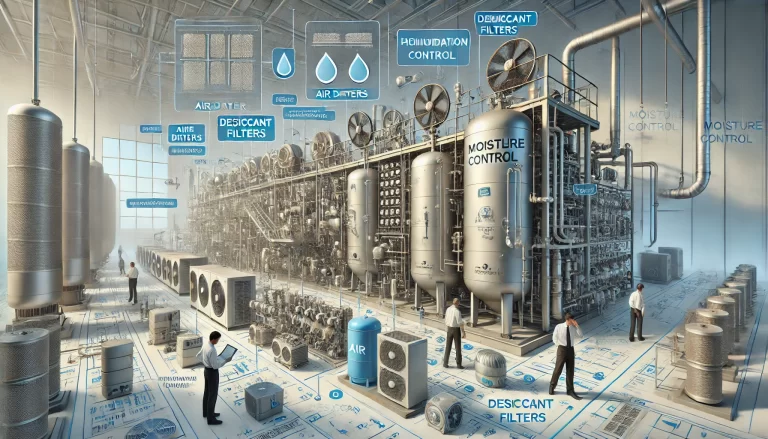
2. Periodic Drainage
Regular drainage and flushing are vital for instruments like pressure and differential pressure transmitters, especially when measuring media with dust, grease, or particulates.
Drainage Guidelines:
- For pressure instruments measuring liquids, drainage must occur at least once every two days.
- For instruments measuring gases, compressed air should be used to periodically flush the impulse lines.
Flushing Requirements:
- Use only approved cleaning agents that do not react chemically with the process media or damage the instruments.
- Ensure the flushing fluid pressure is higher than the maximum process pressure at the measurement point.
- Monitor flow rates during flushing using calibrated flowmeters or control devices.
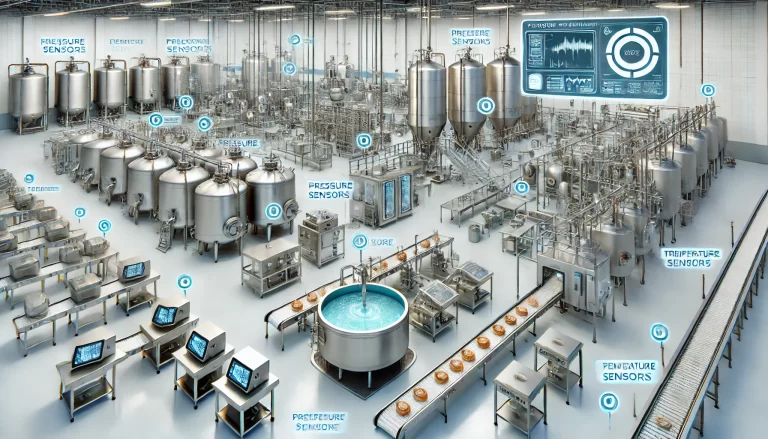
3. Insulation and Heating Maintenance
Insulation and heating systems prevent instruments from freezing and ensure measurement accuracy. During winter inspections, confirm the following:
- Insulation materials are intact and effective.
- Heating systems are functional, and components like electromagnetic flow meters and flanged differential pressure transmitters are adequately protected.
4. Scheduled Calibration
All instruments should be calibrated based on their classification:
- Class A Instruments: Subject to mandatory external verification.
- Class B Instruments: Crucial for process control; calibration frequency depends on operational conditions and repair schedules.
- Class C Instruments: Used for general indication purposes and typically require one-time verification unless otherwise needed.
Any changes to instrument classifications must be documented and approved by the department supervisor.
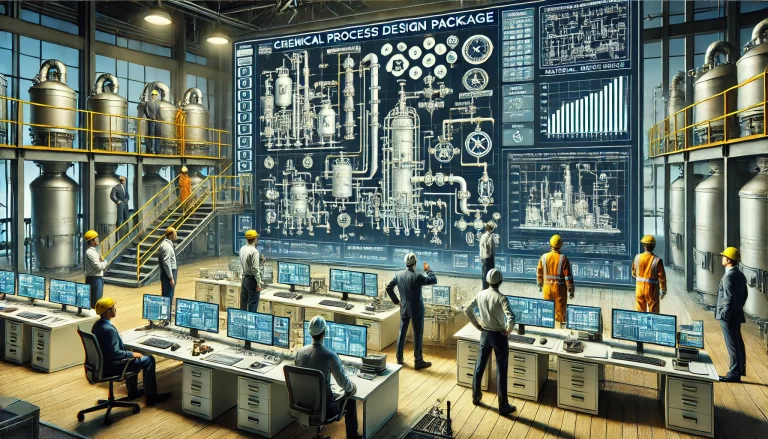
Maintenance Guidelines by Instrument Type
1. Pressure Transmitters
- Perform regular drainage to prevent sediment accumulation.
- Avoid completely emptying cooling liquid when draining instruments measuring steam or high-temperature fluids.
- Strictly adhere to valve operation sequences to prevent sensor damage.
2. Electromagnetic Flowmeters
- Inspect and replace desiccants annually or whenever water ingress is suspected.
- Tighten pipeline connections and clean electrodes regularly to prevent buildup or corrosion.
3. pH Meters
- Clean oxygen probes weekly with water, replacing membranes or electrolytes as needed.
- Ensure the probes are securely mounted and free from physical stress.
4. Temperature Sensors
Thermocouples and Resistance Temperature Detectors (RTDs):
- Check for moisture or electrical leakage in protection tubes.
- Verify grounding and ensure proper connections.
- Inspect for short circuits, incorrect polarity, or sensor degradation.
5. Analog and Digital Pressure Gauges
- Verify proper operation and inspect for leaks or damage.
- Clean gauge faces and ensure they remain legible.
- Close sampling valves when equipment is idle to prevent pressure surges during startups.
6. Display Meters
- Avoid altering internal parameters unless authorized.
- Regularly inspect for loose connections and clean accumulated dust.
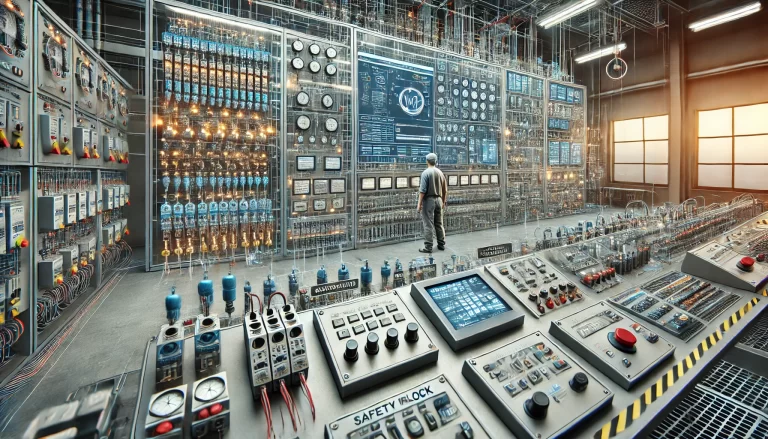
Safety Considerations
- Clearly label high-risk areas and use standardized warning symbols.
- Equip personnel with protective gear for high-pressure and high-temperature operations.
- Train staff on safe practices and emergency procedures regularly.
Supplementary Tools
- Visual Aids: Add schematic diagrams of instrument layouts and valve operation sequences.
- Checklists: Use standardized forms to document inspection and calibration records.
- FAQs: Include a quick reference section for troubleshooting common issues.
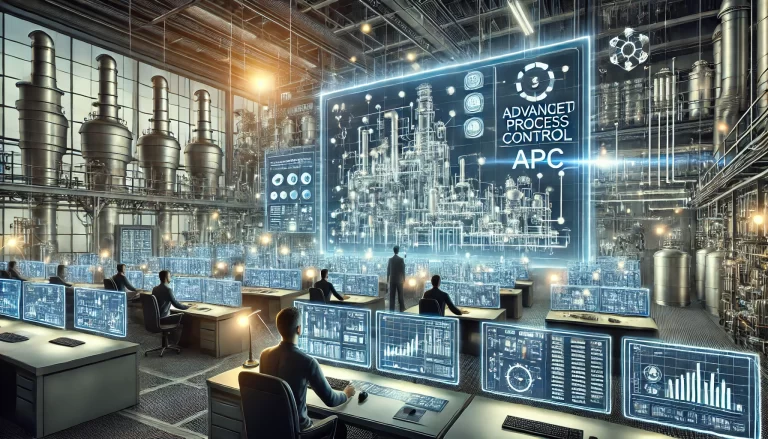
Conclusion
Effective daily maintenance of instruments is not just a routine task but a vital part of ensuring operational safety, efficiency, and reliability. By adhering to the detailed procedures outlined in this protocol, technicians can proactively prevent failures, extend the lifespan of instruments, and optimize process performance.
Consistent application of these practices reinforces a culture of precision, accountability, and safety within the organization. As technology and processes evolve, regular updates to maintenance procedures and continued training for staff will ensure that these standards remain relevant and effective.
Together, through diligent maintenance and a commitment to excellence, we can achieve seamless operations and a safe working environment. Let this protocol serve as a cornerstone for operational integrity and continuous improvement.
